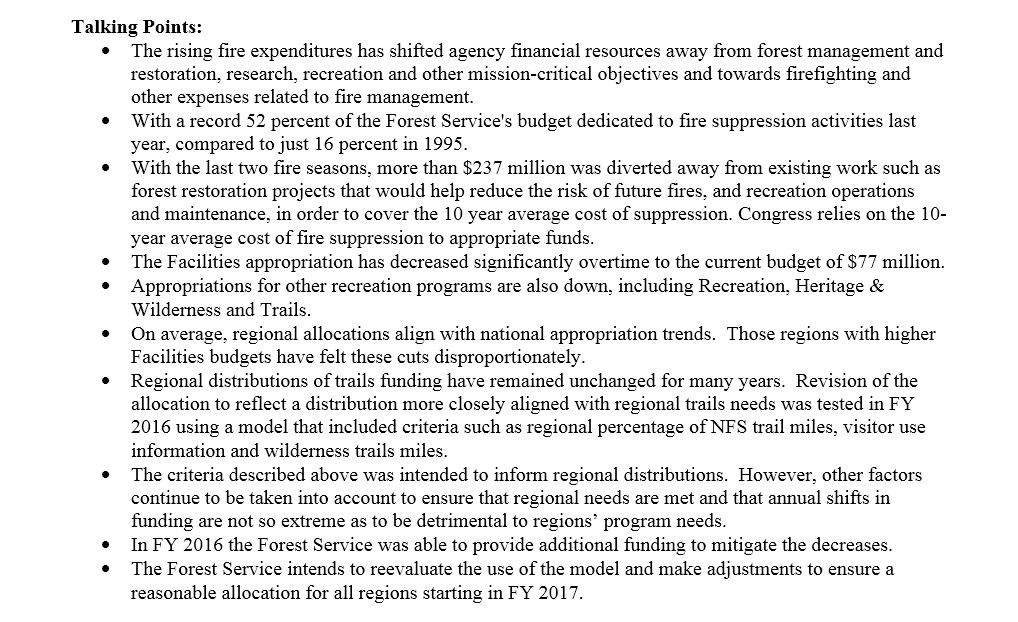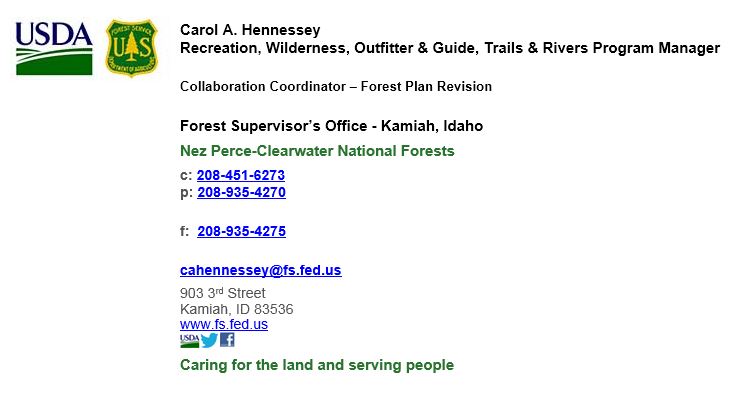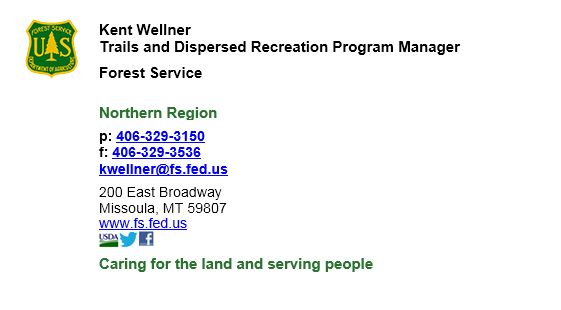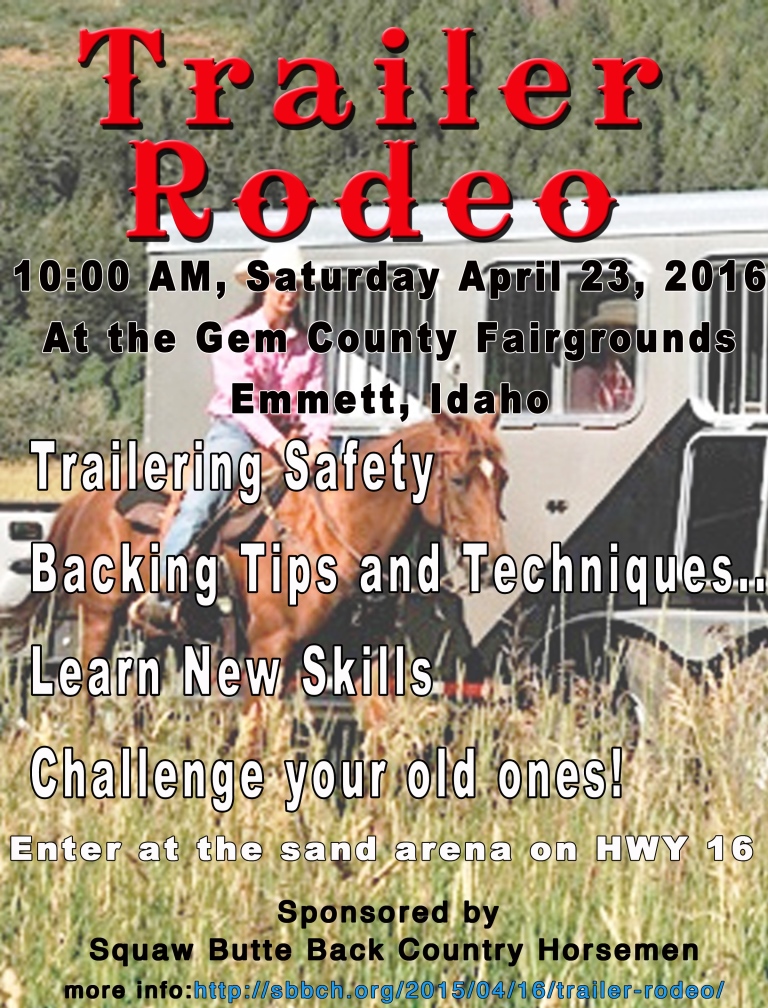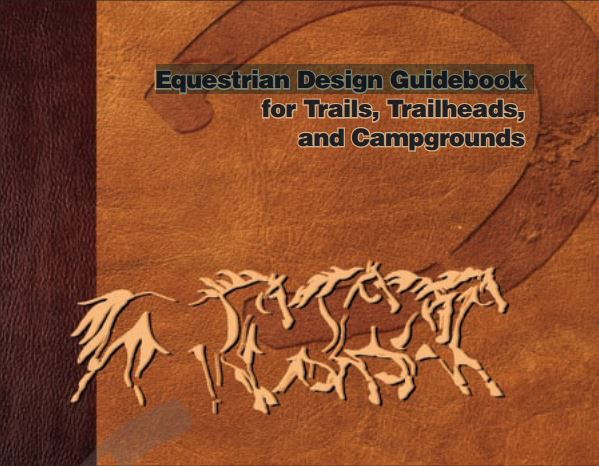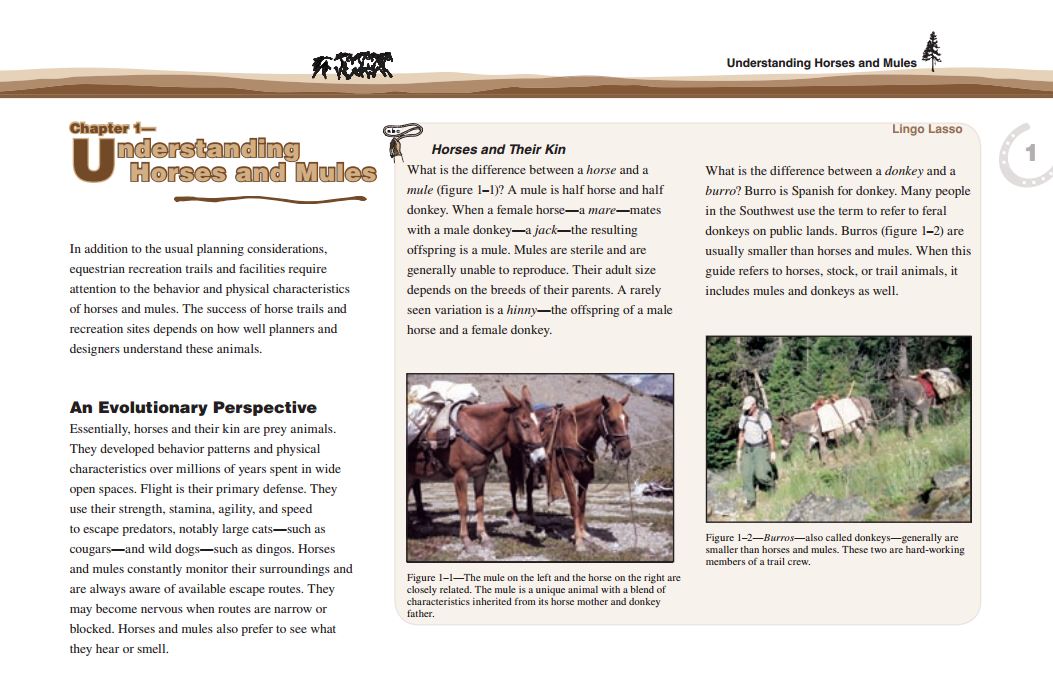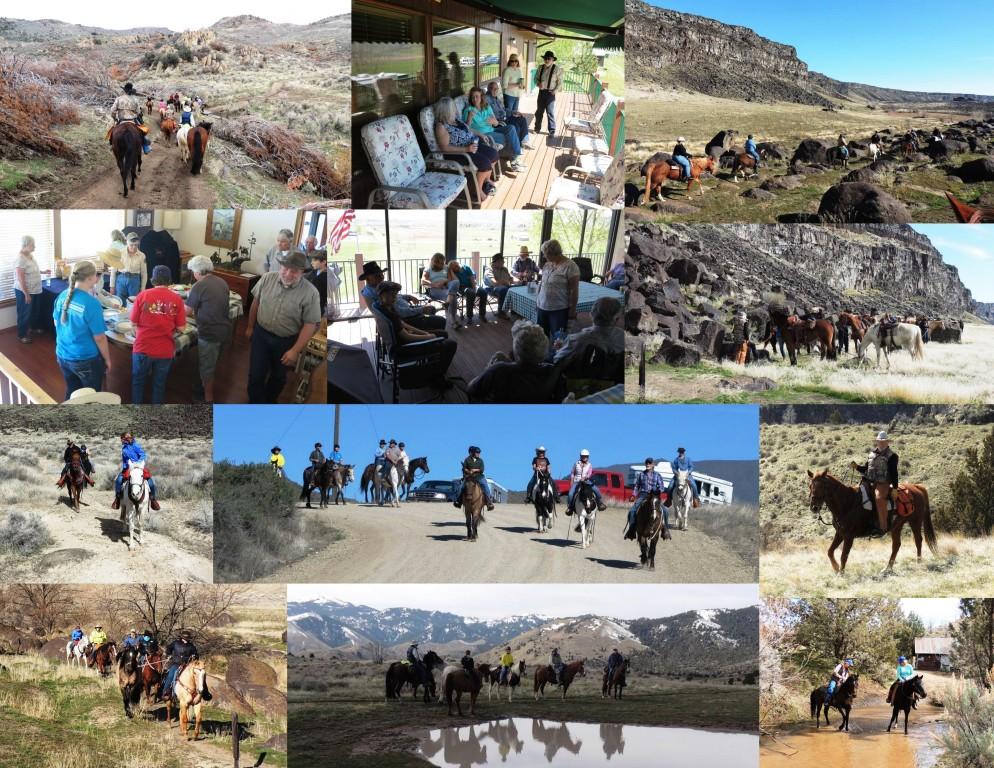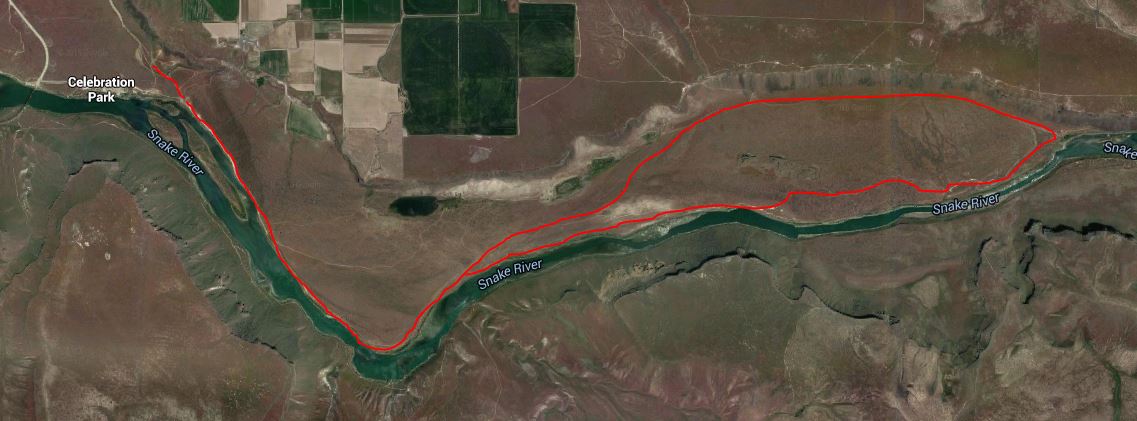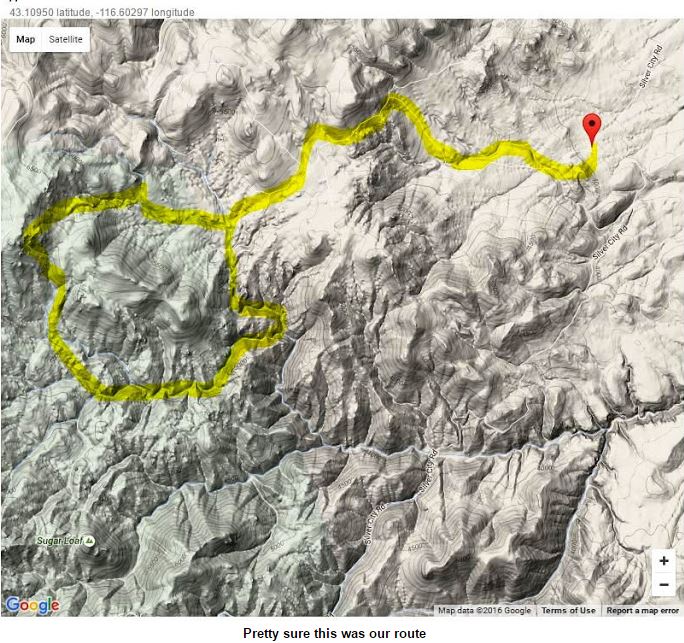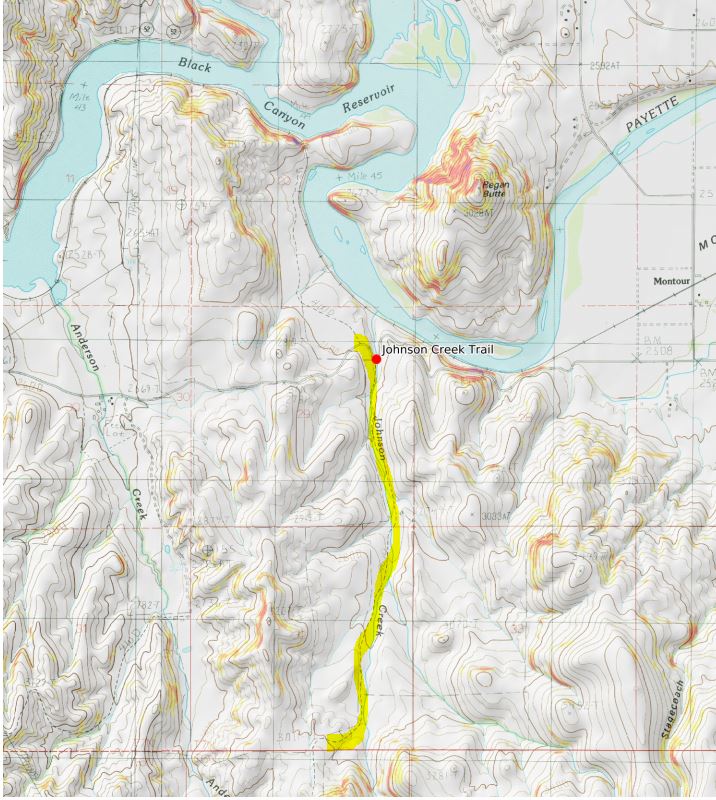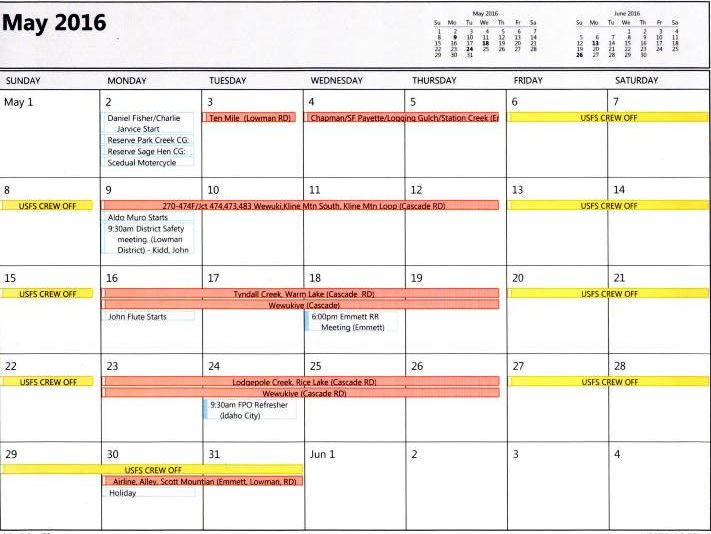
Subject: Annual Boise National Forest Partnership Meeting
Trail Partner Volunteers:
I hope all of you have had a good winter and are rested up for the summer season! Trail season has arrived and it is time for the annual Boise National Forest North Zone Trails Program Partnership Meeting. I was hoping to have the meeting in Boise area the on Monday , May 16, 2016. I have talked with a few of you and 7:00pm seems to allow time for people in the outlying areas time to arrive. I was considering about having it at the following location:
Idaho Pizza Company
7100 W. Fairview Ave
Boise, ID. 83704
(208) 375-4100
It is a fairly centralized location and I have been to meeting with several groups there and you can get a bite to eat if you wish. If there are other suggestions, please let me know soon because I’ll have to see if one of the meeting rooms are available.
I have attached several items of importance for you and your members to review. The most important is the 2016 Voluntary Service Agreement. If your organizations current representative could review, sign, date the form and send it back to me as soon as possible that would be a great assistance. I would like to present them to my District Ranger for approval before the annual meeting. This is very important!
We will review 2016 work calendar, safety items, update daily sign-sheets, trail work reporting sheets, future projects, and any other trail topics you would like to discuss.
Some of the current projects already scheduled this year are the following:
2016 Annual Trail Maintenance
Ten Mile Bridge Replacement
Rice Peak Connecter Layout and NEPA
Stratton Creek Trail Reroute Layout and Repair
Stoney Meadows Bridge Replacement
Wilson Corrals Puncheon Layout and Reroute
Renwyk Reroute Layout
Bull Creek Puncheon Replacement
Julie Creek Heavy Maintenance
Peace Creek upper trail repair
Additional Programs
Implementation of 2016 Non-motorized Grant. Partnership with American Conservation Experience. Partnership
With Idaho Trail Assn, BCH of Idaho
Implementation of 2016 Motorized Maintenance Grant Partnership with Boise ATV, Emmett ATV, TVTMA and Idaho
Department of Parks and Recreation
Implementation of 2016 Mountain Bike Grant: Wewukiye Trail Construction. Partnership with SWIMBA
TVTMA annual Lowman Trail Maintenance Day
Emmet ATV annual Sage Hen Maintenance Day
If you have additional work days for me to add to the calendar please let me know. I would like to staff as many of your projects as possible.
If you know of any other individual who would like to attend, please pass this information along.
Thanks again for all of your support and help! I am looking forward to seeing all of you this season.
John Hidy
Boise National Forest North Zone Trails Supervisor
Lowman Ranger District
US Forest Service
Desk 208-259-3361 ext. 7539
Cell (760)920-2774
jhidy02@fs.fed.us
Boise National Forest Volunteer Project Sign in Sheet
2016Volunteer Trail Report Form
2016 Lowman_trail_ annual_maintenance


